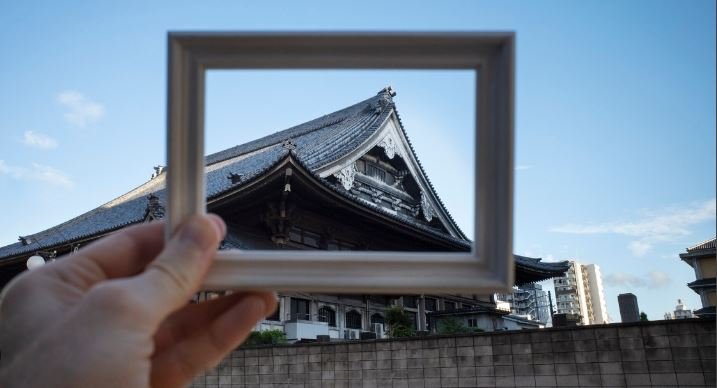Architectural photography thrives on the interplay between light and shadow. Mastering these elements can transform your images, bringing out the true beauty of structures and designs. This guide will explore essential techniques to harness light and shadow effectively in architectural photography.

Understanding Light in Architectural Photography
Light is a fundamental element in architectural photography. Natural light, such as sunlight, offers dynamic possibilities, while artificial light provides control and consistency. Understanding the direction, quality, and color of light can significantly impact how a building’s features are captured. Soft, diffused light is ideal for revealing details and textures, while harsh light can create dramatic contrasts and shadows.
Utilizing Natural Light
Natural light can enhance the architectural features of a building, depending on the time of day and weather conditions. Early morning or late afternoon light, known as the golden hour, provides a warm, diffused glow that highlights textures and shapes. Conversely, midday sun can cast strong shadows and create high contrast, which may be desirable for emphasizing bold architectural lines and forms.
Controlling Artificial Light
Artificial lighting allows for precise control over exposure and mood. Using flash, strobes, or continuous lights, you can illuminate specific areas of a building or control shadows effectively. Light modifiers such as softboxes or reflectors can diffuse light, reducing harshness and creating a more balanced exposure. Experimenting with different lighting setups helps you achieve the desired effect and enhances the visual appeal of your photographs.
Manipulating Shadows for Impact
Shadows play a crucial role in adding depth and dimension to architectural images. By strategically positioning your light source, you can create shadows that accentuate the structure’s design. Long shadows can elongate architectural elements, while short shadows emphasize textures. Use shadows to draw attention to specific features or create a sense of drama and contrast in your images.
Balancing Light and Shadow
Achieving a balance between light and shadow is key to capturing well-exposed architectural photographs. Pay attention to the highlights and shadows to ensure that neither is overly dominant. Utilize techniques such as HDR (High Dynamic Range) photography to capture a broader range of tones, which can help in blending bright highlights with deep shadows seamlessly.
Using Reflectors and Diffusers
Reflectors and diffusers are valuable tools for managing light and shadow. Reflectors bounce light back onto the subject, filling in shadows and creating a more even exposure. Diffusers soften the light, reducing harsh contrasts and creating a more natural look. By incorporating these tools, you can control the light more precisely and achieve a well-balanced composition.
Post-Processing Techniques
Post-processing allows you to refine the interplay of light and shadow in your architectural photos. Use editing software to adjust exposure, contrast, and shadows. Techniques such as dodging and burning can enhance or reduce specific areas of light and shadow, bringing out the details and textures that are crucial to architectural photography.
Experimenting with Light Sources
Don’t be afraid to experiment with different light sources and setups. Combining natural and artificial light can create unique effects and highlight architectural details in innovative ways. For instance, using a flashlight or LED light in combination with ambient light can add emphasis to particular elements or create intriguing visual contrasts.
Learning from Masters
Studying the work of renowned architectural photographers can provide inspiration and insight into effective use of light and shadow. Analyze how they use light to highlight textures, shapes, and forms. Understanding their techniques and approaches can offer valuable lessons and help you develop your own style in architectural photography.

